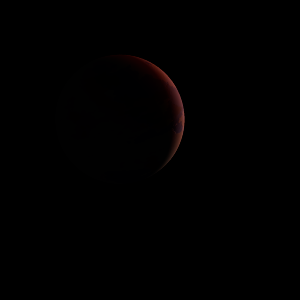|
|
Space Astro
|
Info for exoplanet "Nyonoryo"
| Scientific (actual) data |
|---|
| Name | Kepler-1112 b |
| Planet status | Confirmed |
| Radius | 0.269 |
| Orbital period | 14.3627 |
| Discovered | 2016 |
| Updated | 2021-02-05 |
| Tconj | 2454970 |
| Publication | Announced on a website |
| Detection type | Primary Transit |
| Alternate names | 2MASS J19475251+4745053 b, K02131.01, KIC 10549023 b, KOI-2131 b, KOI-2131.01, WISE J194752.50+474505.4 b |
| Star name | Kepler-1112 |
| Right ascension | 296.97° |
| Declination | 47.75° |
| Mag j | 13.688 |
| Mag h | 13.454 |
| Mag k | 13.397 |
| Star distance | 1734 |
| Star metallicity | 0.04 |
| Star mass | 1.34 |
| Star radius | 1.54 |
| Star age | 2.09 |
| Star temperature | 6496 |
| Star alternate names | 2MASS J19475251+4745053, KIC 10549023, KOI-2131, WISE J194752.50+474505.4 |
| Wikipedia article | Kepler-1112 b |
Back
| |
| Fictional info (?) |
|---|
| Suggested name | Nyonoryo |
| Planet type | Cold planet |
| Its orbital period around Kepler-1112 of 14 earth days is the longest of all the planets in its solar system.
It was the one of the first exoplanets visited by a spacecraft, and one of the first to be successfully landed on.
The volume of water detected has been estimated to be equivalent to the volume of water in Lake Superior.
A prominent result is the "great orange spot", a giant storm that is known to have existed for centuries since it was first observed by radar. |
| Atmosphere | Hydrogen | 25% |
| Ammonia | 24% |
| Carbon dioxide | 23% |
| Water vapor | 16% |
| 2H2O | 9.7% |
| Argon | 2.2% |
| Atmospheric pressure | 6 bar |
 |
| No known satellites |
| Google search for Nyonoryo |
|
Website by Joachim Michaelis
|
|
|
|